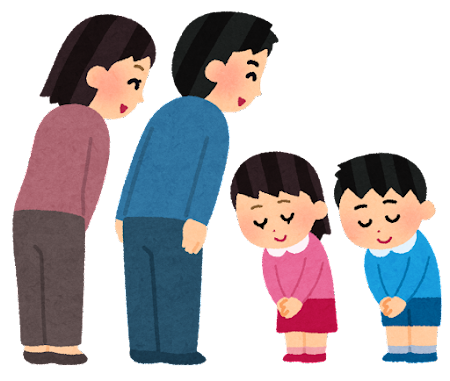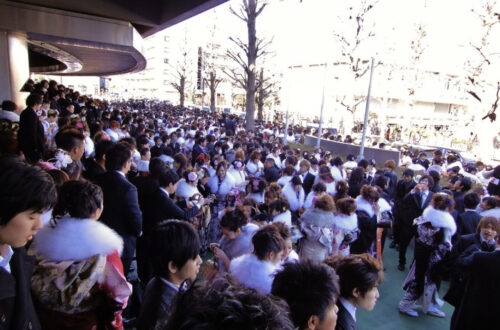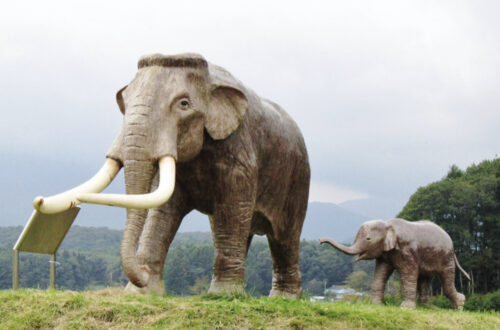-
Bowing お辞儀
It is said that Japanese people started bowing around 500-800 years ago when Buddhism was introduced from China. In those days, bowing was a sign of status. For example, those who welcomed people of higher status would bow low to show that they were not a threat to them. Such scenes are often seen in historical movies and plays. In modern Japan, bowing is used in a variety of ways. It is a social skill that all Japanese people, from children to adults, must learn, as it is used to express gratitude, requests, congratulations, and apologies to others. 日本人がお辞儀をするようになったのは、中国から仏教が伝わった500-800年頃だといわれている。当時のお辞儀は身分の上下を表していた。たとえば身分の高い人々を迎える側は、自分が相手にとって脅威でないことを示すために、体位を低くして見せたという。こうした光景は、歴史ものの映画や演劇によく見られる。現代の日本では、お辞儀はさまざまな使われ方をされる。他人への感謝や依頼、祝辞、謝罪などの意味が込められているお辞儀は、子どもから大人まで日本人にとって必ず身につけるべき社会的素養とされている。





